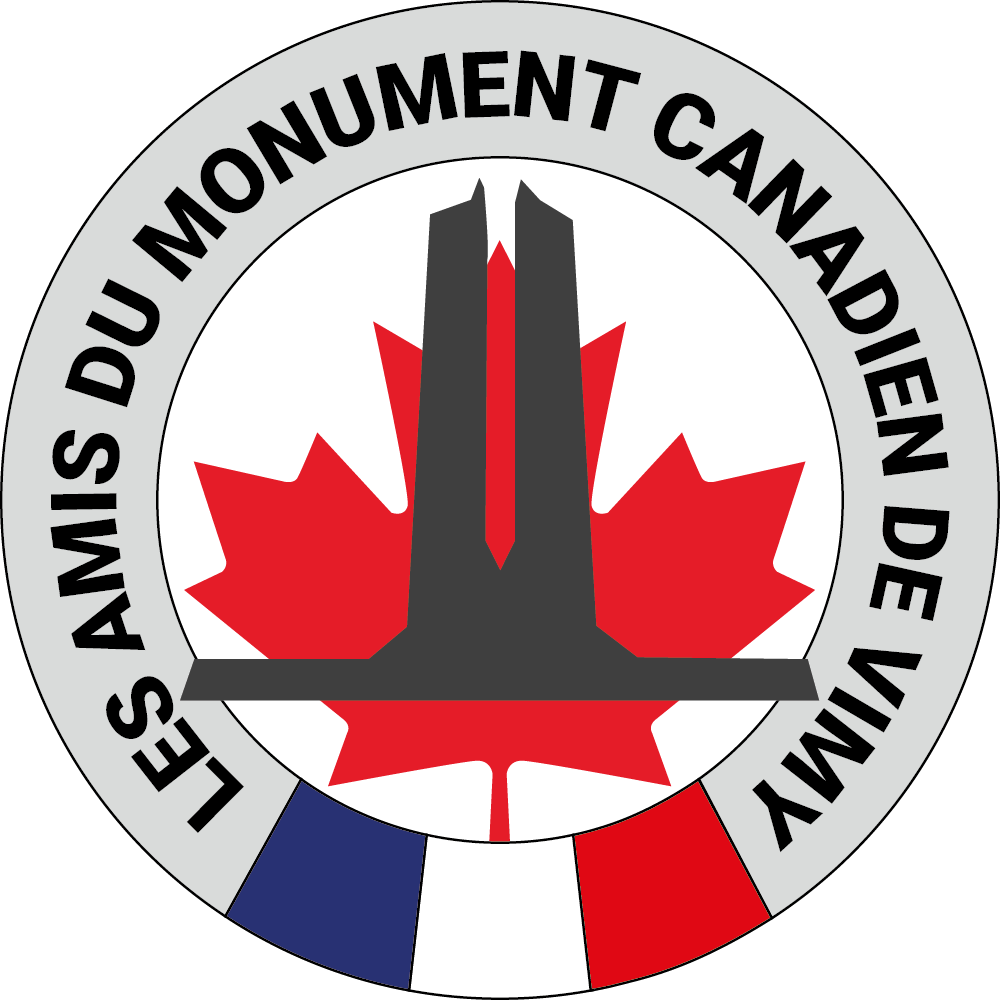The Newfoundland Regiment embarks in October 1914 with the men of the 1st Canadian Division. Easily recognizable by their moose head badges, inspired by that of the Newfoundland Highlanders (a paramilitary cadet corps founded in 1907), the Newfoundland volunteers, nicknamed “the White Indians”, embody a great diversity of men and origins.
However, they join, in significant proportions if we consider the 250 000 inhabitants of the island, the war effort of the British Empire.
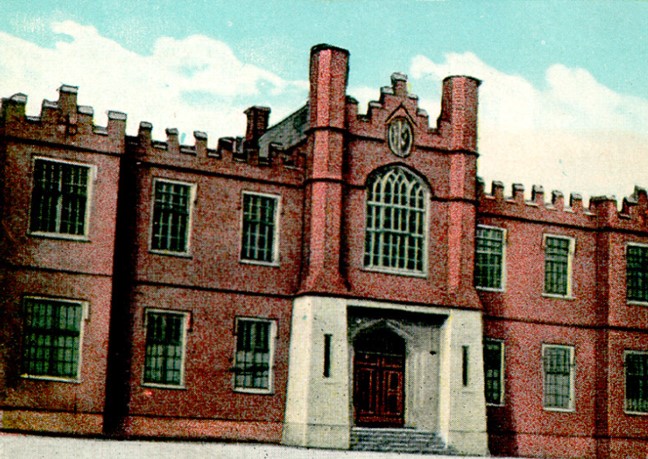
The Newfoundland Regiment :
Research has made it possible to trace Newfoundland military formations as soon as 1800. Responding to the call of the King and the government of the island, 500 men volunteer as soon as the end of 1914. Some of them come from military formations of the militia type in uniforms, and many of them clearly display their links with certain religious affiliations. By the way, the evocative name of the head recruit office, known as “Church Lads Brigade”, says a lot about it. The authorities of the island decide to self-finance the recruitment, the equipment, the logistics and the pay of the volunteers. A first contingent of 500 men join the Canadian formations embarking for Great-Britain, late August 1914, and lands in England. They are then reinforced by other volunteers and reach the necessary strength needed for the operational release of the Newfoundland Regiment.
Although from the same region as their Canadian comrades, The Newfoundlanders are at that time the subjects of the Newfoundland Dominion (1), and therefore serve in the British army.
(1) Endowed with a special status, Newfoundland recognizes the king of England as sovereign, but enjoys autonomy in decision-making, discussed by the Parliament of St-John, the capital of the island. Newfoundland becomes independent in 1935 and decides to join the other Canadian provinces within the Federation, in 1949.
They thus participate in the fighting in Egypt, Gallipoli and France within the 27th British Division between September 1915 and March 1918. The “NFLD” Regiment (NFLD corresponds to the shoulder title worn by these men) then joins the 9th Scottish Division from March 29 to September 13, 1918. The regiment comes to the front with a strength of more than 800 men, as it was to do during its terrible and heroic engagement at Beaumont-Hamel, where it suffered appalling losses which reflected the tragedy of the Somme offensive in June 1916.

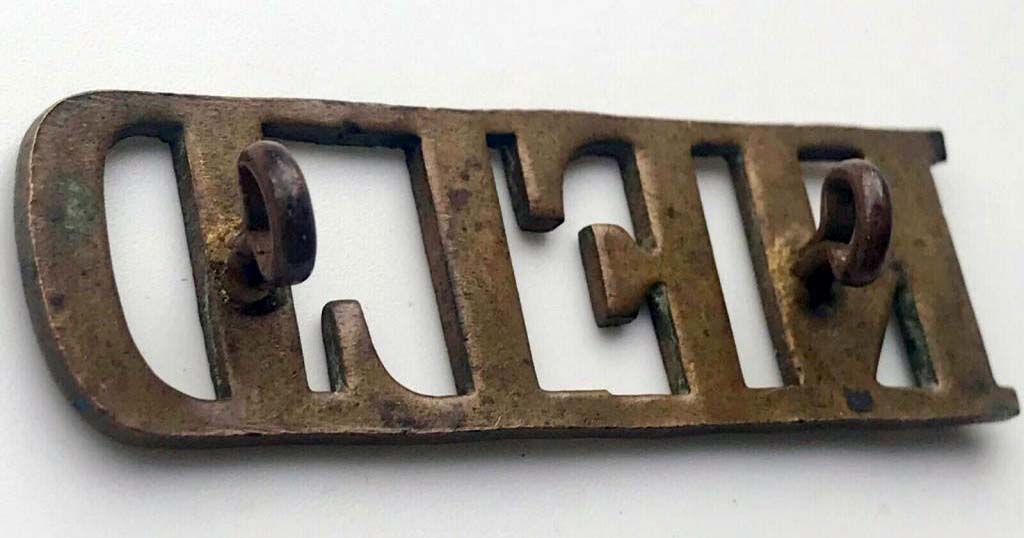
The great feats of arms of the Newfoundland Regiment; a formation many times reconstituted.
The Newfoundland Regiment is engaged in bloody battles. In Gallipoli, from 1915, it experiences the hardships of the climate, illnesses and combat losses. It is even designated to protect the rear guard of the British forces, when they withdraw from Gallipoli in January, 1916 This baptism of fire, in one of the fiercest battles , sets the tone of what Newfoundlanders were to experience during their presence on European and Oriental grounds. After a few months during which the regiment was re-established, including in terms of manpower, the Newfoundlanders are sent to France on the Somme front. They are still assigned to the 29th Division and find themselves on the front line at Beaumont-Hamel, a village that was then located near the salient, i.e., the northern end of the front of 45 kilometers which was expected to be attacked by the joint Franco-British forces.
On July 1st, after an artillery barrage that some still consider as too short and imprecise, Lieutenant-Colonel Arthur Lovell Hadow goes on the attack, accompanied by his 22 officers and 758 men of the Newfoundland Regiment. They must meander through the trenches already heavily encumbered with British casualties, killed, wounded, gassed..
Deciding to engage further, to get out of this mess, the regiment finds itself isolated in its progression and highly exposed to devastating German machine gun fire. In less than half an hour the formation is nearly annihilated and the regiment is at a standstill in no man’s land. Only 68 men show up for roll call the next day. The figures are appalling: 233 men are killed or died of their wounds. There are 233 injured and 91 missing soldiers. This engagement constitutes one of the worst tragedies of the conflict and particularly of the Battle of the Somme. This heroic sacrifice is commemorated by the Beaumont-Hamel monument dedicated to the valiant Newfoundlanders.
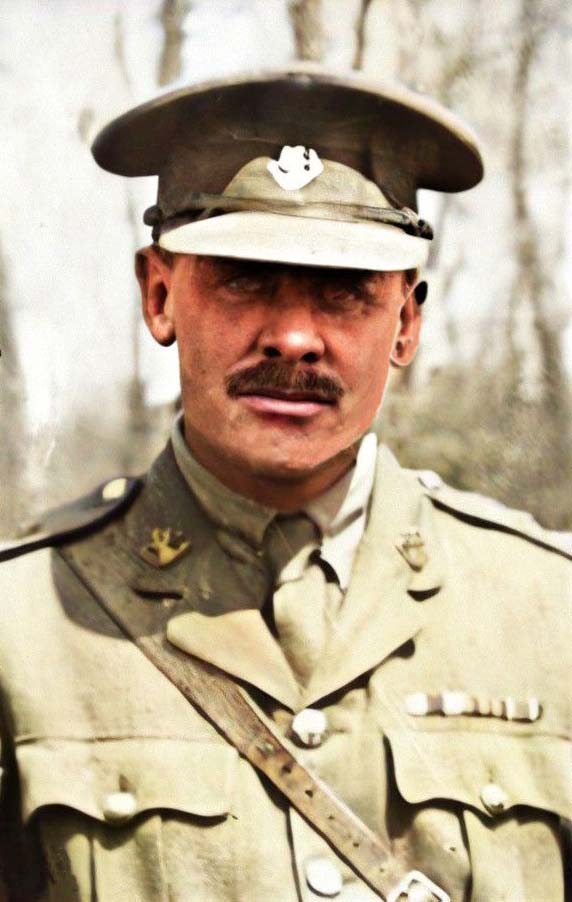
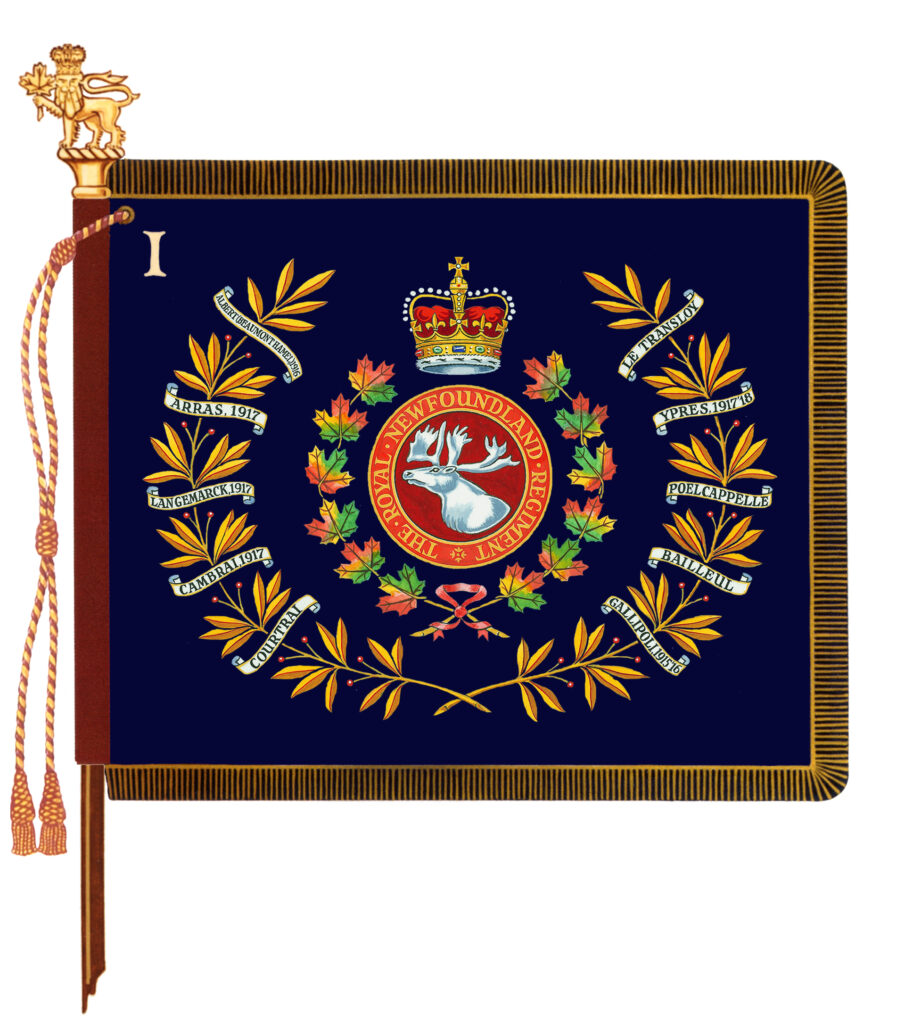
After further fighting in Auchonvillers in July, the Newfoundlanders are relieved and spend several weeks honoring their fallen comrades and writing to the families of the deceased. Fresh reinforcements arrive and the regiments can be reconstituted. It is now ready for new fights. It again experiences heavy fire and chemical gasses in Flanders before returning to the Somme, where it fights at Gueudecourt in October 1916. The regiment is then transferred to Artois, where it takes part in the Battle of Arras, more precisely at Monchy-le-Preux. It loses 485 men in one day, but stops a German attack. This feat of arms is commemorated by a monument in the village.
We then find the Newfoundlanders in Flanders during the 3rd Battle of Ypres, on August 16, and that of Langemarck, on October 9, 1917, finally at the battle of Poelcappelle. Inn November the Newfoundlanders fight at Masnières-Marcoing in the Battle of Cambrai. The regiment again suffers heavy losses against an extremely combative enemy.
Placed in reserve in order to replenish its strength, the Newfoundland Regiment joins the 28th brigade of the 29th (Scottish) Division and takes part in the Battle of Courtrai, where it continues its efforts for the final victory. The regiment is honored by participation in following battles, the name of which appear in bold type on the regimental standard : SOMME, 1916; ALBERT (BEAUMONT-HAMEL) 1916; LE TRANSLOY; ARRAS, 1917; SCARPE, 1917; YPRES, 1917-18; LANGEMARCK, 1917; POELCAPPELLE; CAMBRAI, 1917; LYS; BAILLEUL; KEMMEL; COURTRAI; FRANCE ET FLANDRES, 1916-1918; GALLIPOLI, 1915-16; EGYPT, 1915-16.
Conclusion:
The Newfoundland Regiment is a heroic formation of the British army and Empire. The 6000 men who joined this unit during the conflict had to experience multiple and tragic engagements in the East, in France and in Belgium. The regiment paid for its efforts with 1305 killed soldiers. The Newfoundlanders were honored with 28 Military Crosses, 32 Distinguished Conduct Medals and 105 Military Medals. On January 25, 1918, the regiment was honored, an extremely rare fact, with the title of Royal Regiment, following the engagements at Masnières. And finally, on October 14, 1918, Newfoundlander Thomas Ricketts became the youngest soldier to win the Victoria Cross.
Decidedly, the Newfoundland Regiment was really a particular unit. By joining Canada in 1949, and with its glorious past during the Great War, it therefore contributed to reinforcing a little more, if necessary, the prestige of the commitment of Canadian men and women in WW1.
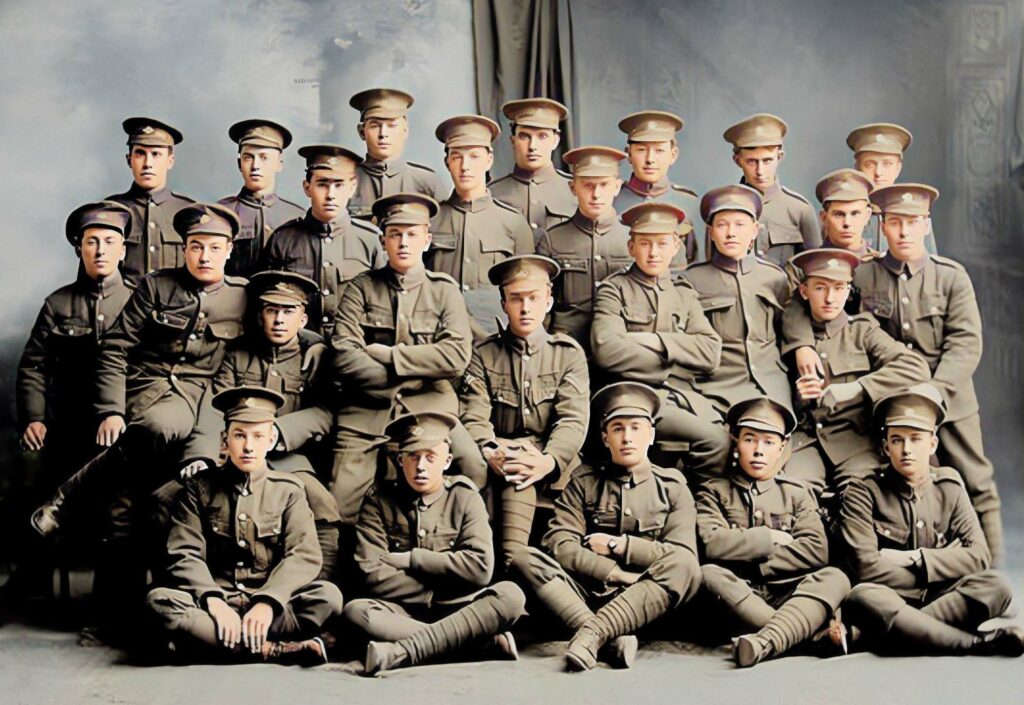
Bibliography :
Charles H. Stewart, « Overseas » The lineages and insignia of the Canadian Expeditionary Force 1914-1919, Little & Stewart, Mission Press, Ontario, 1971.
Illustrations :
http://www.heritage.nf.ca/first-world-war/articles/recruiting-the-newfoundland-regiment.php
www.geni.com/photo/
http://www.cmp-cpm.forces.gc.ca/
collection of J.P. Morange
Translation : Jacques Paltani
